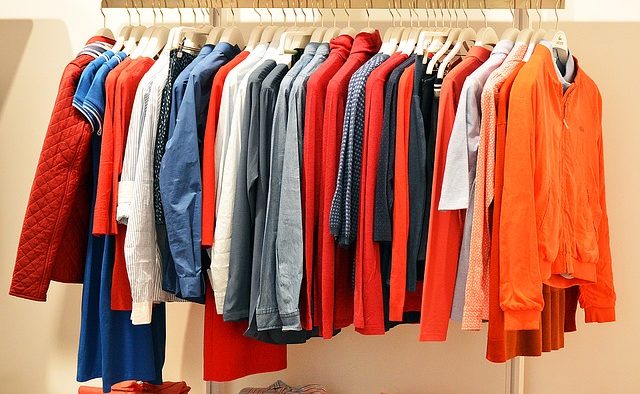Disruption
Traditional brands must not only recognize the shift in the behavior of their consumers, they must also realize that emerging nameless brands are dominating the fashion space. This is because consumers today are more socially aware and are on the lookout for something new. This monumental shift caused a slight dip in industry growth (3.5-4.5%) compared to last year’s. To survive and remain competitive, key fashion players must disrupt their business models and offerings.
Awakening
Regionally, fashion players recognize the possibility of industry slow down by 2020. Forty-two percent accept the fact that conditions may worsen this year.
However, not all regions are slowing down. The APAC region is emerging with China overtaking the US as the largest fashion market, while India is projected to become the 6th largest apparel market by 2022.
The fashion segments, especially luxury, tell a different story. Ninety-seven percent of economic growth for the whole industry is contributed by only 20 companies. Luxury brands are projected to enjoy above-average growth fueled by the growing APAC economies and increase in global travel.
As for the product category, sportswear continues to be on top followed by handbags and luggage, which can be traced to the increase in global travel.
Read Strengthen Branding or get left behind
Adaption
The fashion industry needs to be more adaptable to catch up with digital consumers, who are no longer satisfied playing the observer role. Liberated by fast-developing digital technologies, they prefer to be participants and interact with brands they admire. Since they favor brands who are taking controversial and political stands for the environment, fashion players must adapt to keep up and stay afloat. A fact not lost on fashion executives and thought leaders who agreed that “the need to achieve greater sustainability and transparency” should be embraced as a strategic challenge.
Overall, the fashion industry is in a state of uncertainty. The reign of top fashion players can end quickly with the slightest shift in market condition, technology trend or consumer behavior. While these changes may present opportunities, it cannot be denied that they also present risks. Only brands who are prepared to brave these shifts and self-disrupt can come out as winners.
Discover more facts and figures in the following infographic: fashion 2019













Follow us on social media